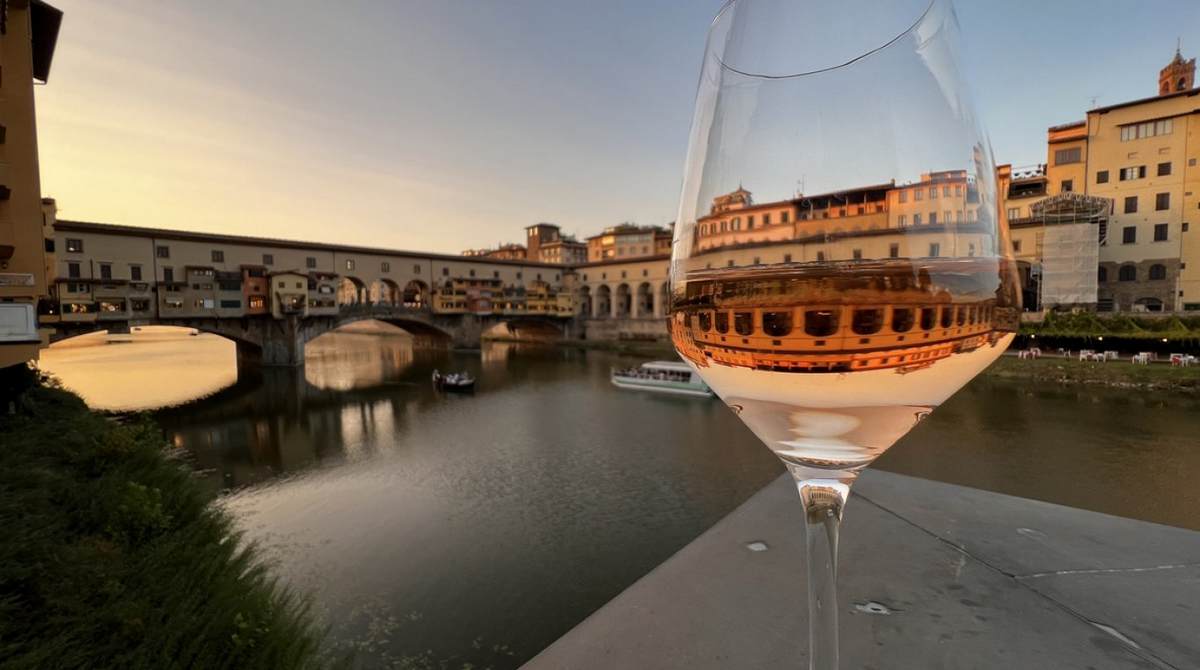Florence is preparing for a major shake-up in its historic centre: the city council has announced a sweeping ban and strict limitations on outdoor dining in the areas most crowded with tourists. The decision comes after months of complaints from locals, who say their neighbourhoods have turned into an “obstacle course” packed with tables, menus and barriers.
Starting next year, outdoor dining will be completely prohibited on 50 historic streets and squares. Another 70 locations will face tougher regulations, including restrictions on fences, partitions, awnings and umbrellas, according to The Times.
But the decision has pleased no one.
Residents who originally filed the complaints argue the measures still don’t go far enough and that the city remains overwhelmed by outdoor seating that clogs narrow streets. Business owners, meanwhile, worry the limits could hurt the hospitality sector — especially small, local trattorias that rely heavily on outdoor tables.
One Florence restaurateur told The Times that outdoor seating is “fundamental” to the survival of her business and many others. Industry experts fear that shifting customers indoors will push tourists toward cheaper, low-quality dining options, reducing revenues and damaging the city’s culinary identity.
Locals strongly disagree. During public consultations, residents said that dining terraces have turned their streets into “a maze”, forcing them to squeeze past chairs, menus and barriers just to move around their own neighbourhoods.
Jacopo Vicini, head of Florence’s tourism department, says the restrictions are necessary to “protect public spaces and Florentine heritage” and make the city more liveable for its inhabitants.
The ban will apply to major cultural landmarks and narrow medieval streets, including areas around Palazzo Vecchio, Ponte Vecchio and the Piazzale degli Uffizi.
In places where outdoor dining is not banned entirely, restaurants may be required to remove heavy fencing, decorative barriers and large umbrellas.
The future of Florence’s largest squares — including Piazza della Signoria, Santa Maria Novella, Pitti and Repubblica — is still undecided, with a final ruling expected by the end of the year.

